Mortimer's song is repeated:Clang, clang, rattle-bing-bang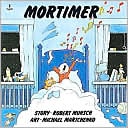
Submitted by Barbara Slough, Glasgow Library, Rockbridge Regional Library (VA)
Your Custom Text Here
Mortimer's song is repeated:Clang, clang, rattle-bing-bang
Submitted by Barbara Slough, Glasgow Library, Rockbridge Regional Library (VA)
 Read book Pig's Picnic by Keiko Kasza. Retell the story using props. Have the children retell the story as you maneuver the props.Early Literacy Aside--Example: Using props is one way to help your child remember the story as they try to retell it. When they can retell a story, it helps their understanding.
Read book Pig's Picnic by Keiko Kasza. Retell the story using props. Have the children retell the story as you maneuver the props.Early Literacy Aside--Example: Using props is one way to help your child remember the story as they try to retell it. When they can retell a story, it helps their understanding.
At the end of storytime hold up the handout of Pig's Picnic (below) and demonstrate how you have cut out the pieces so that the children can retell the story. Early Literacy Aside--Empower: You can strength your children's narrative skills, the ability to tell stories, by taking home this storytime handout, having your children cut out the pictures and retell the story. As they retell the story they may add ideas of their own! pigs-picnic-hand-out.doc Submitted by Laura Mikowski, Hillsboro (OR) Public Libraries
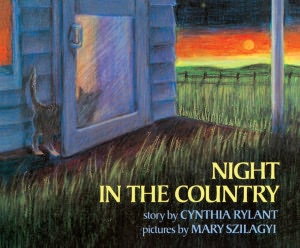
Submitted by Sharon Lindsay, Rockbridge Branch, Bath County (VA) Public Library
Early Literacy Aside:--Explain: Separating a word into sound parts is called segmentation. Playing with words this way with your children now will help your children later when they learn to break words into syllables to decode words. Clap childen's names or choose words with different numbers of syllables. Early Literacy Aside--Example: Clapping or tapping helps children hear parts of words which will make it easier for them to sound out words when they learn to read. [for 3 - 5's you can use rhythm sticks]
Submitted by Di Gagnier, Roanoke County (VA) Public Library
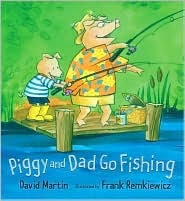
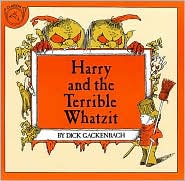

Submitted by Linda White, Washington County (VA) Public Library
Aside: Now I am going to read to you this wonderful book Pete's a Pizza by William Steig. I especially like this story because it introduces narrative skills, which is the ability to retell a story.Read the story. Aside: You can use things from all around the house to tell a story, just as they used things from around the house in this story. Having your child retell stories helps to develop your child's own narrative skills for later life while at the same time increaseing his memory and imagination and love for books. Submitted by Miss Yolanda, Washington County (VA) Public Library

Submitted by David Banker, Radford (VA) Public Library
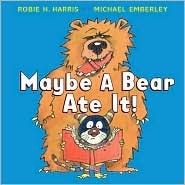
Submitted by Dawn Cheney, Glenvar Branch, Roanoke County (VA) Public Library
 Read the book Snap! by Marcia Vaughan.Early Literacy Aside--Example: This book lends itself to retelling events which helps your child understand the story. Encourage your child with questons that leave room for them to describe what they hear or see. I used questions like, "What did Joey do when his Mom fell asleep?" and "Who did he meet?"
Early Literacy Aside--Empower: The ability to retell a story is an important skill for children to have in order to understand what they are reading. Predicting what happens next and acting it out, or as it's usually called, pretend playing, is a fun way to retell a story and to gain background knowldge along the way.
Read the book Snap! by Marcia Vaughan.Early Literacy Aside--Example: This book lends itself to retelling events which helps your child understand the story. Encourage your child with questons that leave room for them to describe what they hear or see. I used questions like, "What did Joey do when his Mom fell asleep?" and "Who did he meet?"
Early Literacy Aside--Empower: The ability to retell a story is an important skill for children to have in order to understand what they are reading. Predicting what happens next and acting it out, or as it's usually called, pretend playing, is a fun way to retell a story and to gain background knowldge along the way.
Submitted by Donna Hackman, Bedford (VA) Public Library and Justin Azevedo, Sacramento (CA) Public Library
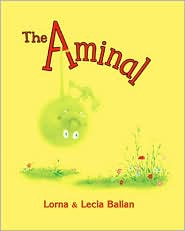
Submitted by Carolyn B. Morehead, Big Island Library, Bedford (VA) Public Library
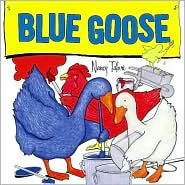
 Early Literacy Aside--Explain: When you help your children pay attention to the print in books, you are helping to develop their print awareness, one of the early literacy skills that will later help them learn to read. I'll point out a couple of things in storytime today that will support this skill.
Read the story Help! A Story of Friendship by Holly Keller. [When you come to the page with the deep hole, you have to turn the book the long way.] Wow! This hole is so deep we have to turn the book around. Look the writing changed direction too!
Early Literacy Aside--Example: Children's attention often goes to the pictures. By pointing out the direction of print you help develop your children's print awareness.
Early Literacy Aside--Explain: When you help your children pay attention to the print in books, you are helping to develop their print awareness, one of the early literacy skills that will later help them learn to read. I'll point out a couple of things in storytime today that will support this skill.
Read the story Help! A Story of Friendship by Holly Keller. [When you come to the page with the deep hole, you have to turn the book the long way.] Wow! This hole is so deep we have to turn the book around. Look the writing changed direction too!
Early Literacy Aside--Example: Children's attention often goes to the pictures. By pointing out the direction of print you help develop your children's print awareness.
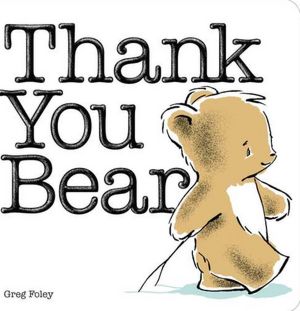
Talk about how what is special to one person might not be special to another. People see things and use things differently.Read the book Thank You Bear by Greg Foley. Activity: Pull out a cardboard box and have the children act out the story. You are the bear. There can be as many monkeys, owls, elephants, etc. as there are children who want to be that animal. Then talk together about the many things you can do with a box. Early LiteracyAside--Example: Acting out stories and having children say parts helps develop their narrative skills, the expressive part of language. Retelling stories is one way that children will later more easily understand what they read. If your child did not get a chance to talk about how they might use a box, listen to their ideas on the way home.
Early Literacy Aside--Empower: Here is a handout for making stick puppets. Using props or puppets is one fun way to encourage children to retell stories at home. It is activities like this that you do with your children that set them on a strong road to reading, in this case helping them understand what they read and how stories work! Puppets: Patterns for making stick puppets. The pattern for the mouse is here, but I use a mouse puppet. The pattern for a bear is also here, but I make myself the bear when I am retelling it with these stick puppets. Thank You Bear stick puppets
Early Literacy Aside--Explain: Our early literacy tip of the day today is on print awareness. There are many ways we can help children understand that print has meaning. Research studies point out that about 95% of a child's attention goes to the pictures. Today in storytime I'll be pointing out some ways we can help them focus on the print as well.
Early Literacy Aside--Explain: Reading is one of the best ways to introduce new words to your children. Many books have unfamiliar words. ones we would not use in regular conversations with our children. Talking about even one or two of the words before, during or after reading the book is one way to build your children's vocabulary. Knowing lots of words, having a large vocabulary, helps children not only understand what they later learn to read, it also helps them recognize words when they later try to sound them out. Today we'll see how the language of books expands your child's vocabulary.
For any song with repeated sounds. Example: My Bonnie Lies Over the OceanStart out with one sound, say /b/ (buh). Each time you hear a /b/ raise your hands over your head. Sing the song and raise your hands over your head each time you hear the sounds /b/. Then add another sound, say /m/ (mmmm). Each time you hear /m/, tap your knees. Sing the song again doing the motions for both sounds. Early Literacy Aside--Example: Putting motions to the sounds helps some children hear the sounds by emphasizing them. This helps develop phonological awareness, the ability to hear the smaller sounds in words which will later help them sound out words. Words to song: My bonnie lies over the ocean; my bonnie lies over the sea. My bonnie lies over the ocean; so bring back my bonnie to me. Bring back, oh bring back, oh bring back my bonnie to me, to me. Bring back, bring back, oh bring back my bonnie to me.
[When you read a rhyming book or say a rhyme, you can pick two rhyming words and then sing this song to emphasize the rhyming words.]To the tune of Row Your Boat: Rhyme, rhyme, rhyme along, rhyme along with me Small and tall are rhyming words [or whatever two words you are rhyming] Now rhyme along with me. Early Literacy Aside--Example: Emphasizing words that rhyme helps children hear the rhyme. Being able to hear the smaller sounds in words helps develop their phonological awareness, a skill that will help them be able to sound out words when they later learn to read.
Pamela Martin-Diaz, Allen County (IN) Public Library
After reading a book that rhymes, I read the book and then come back to a page that have two rhyming words. We talk about the words that rhyme and then sing a song [to the tune of "Skip to My Lou"]Small, tall [or whichever two words you have noted] these words rhyme Small, tall, these words rhyme, Small, tall, these words rhyme, Rhyme along with me. [You can also do this with a nursery rhyme, pointing out two rhyming words.] Early Literacy Aside--Example: Helping your children to recognize and say rhyming words helps them hear the smaller sounds in words, which develops phonological awarness. This is a skill that will later help them sound out words when they learn to read.
Idea from Pamela Martin-Diaz, Allen County (IN) Public Library